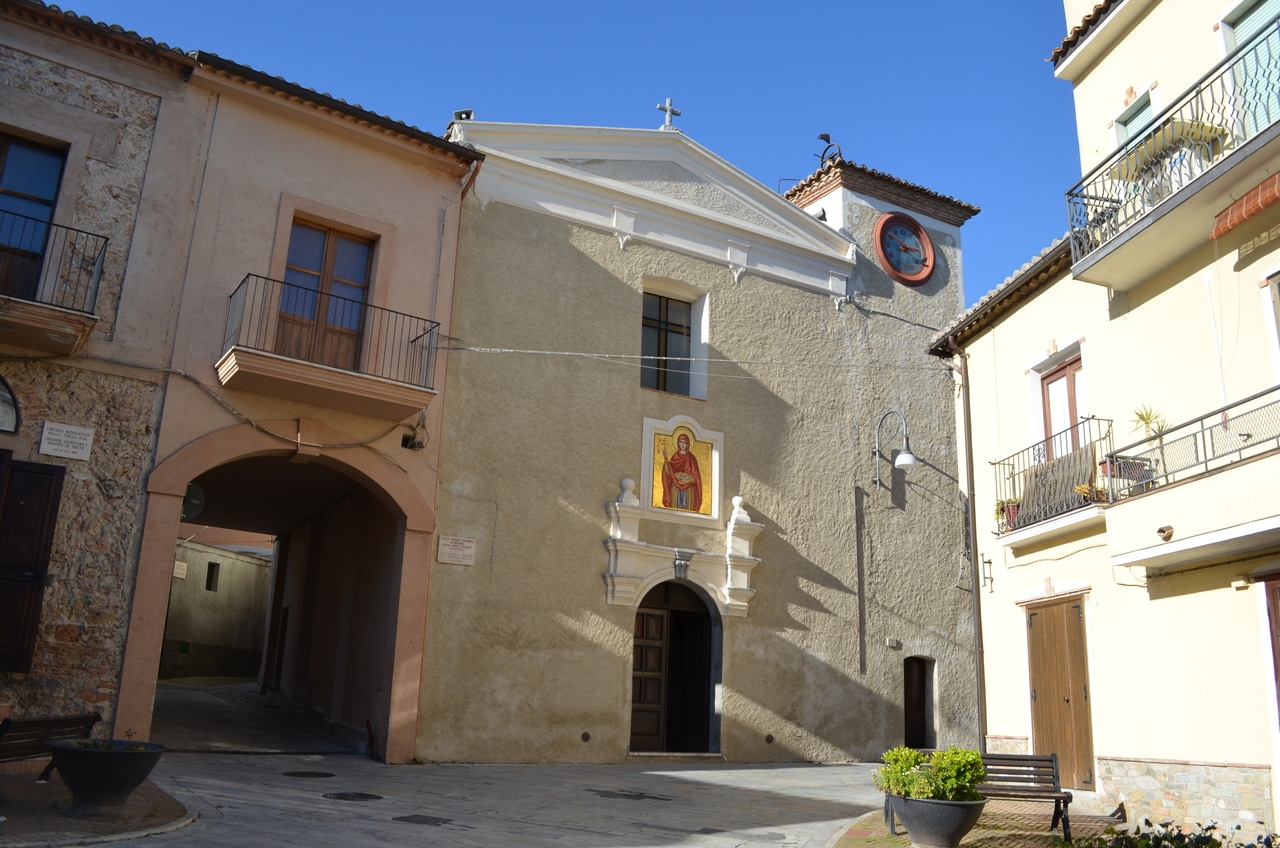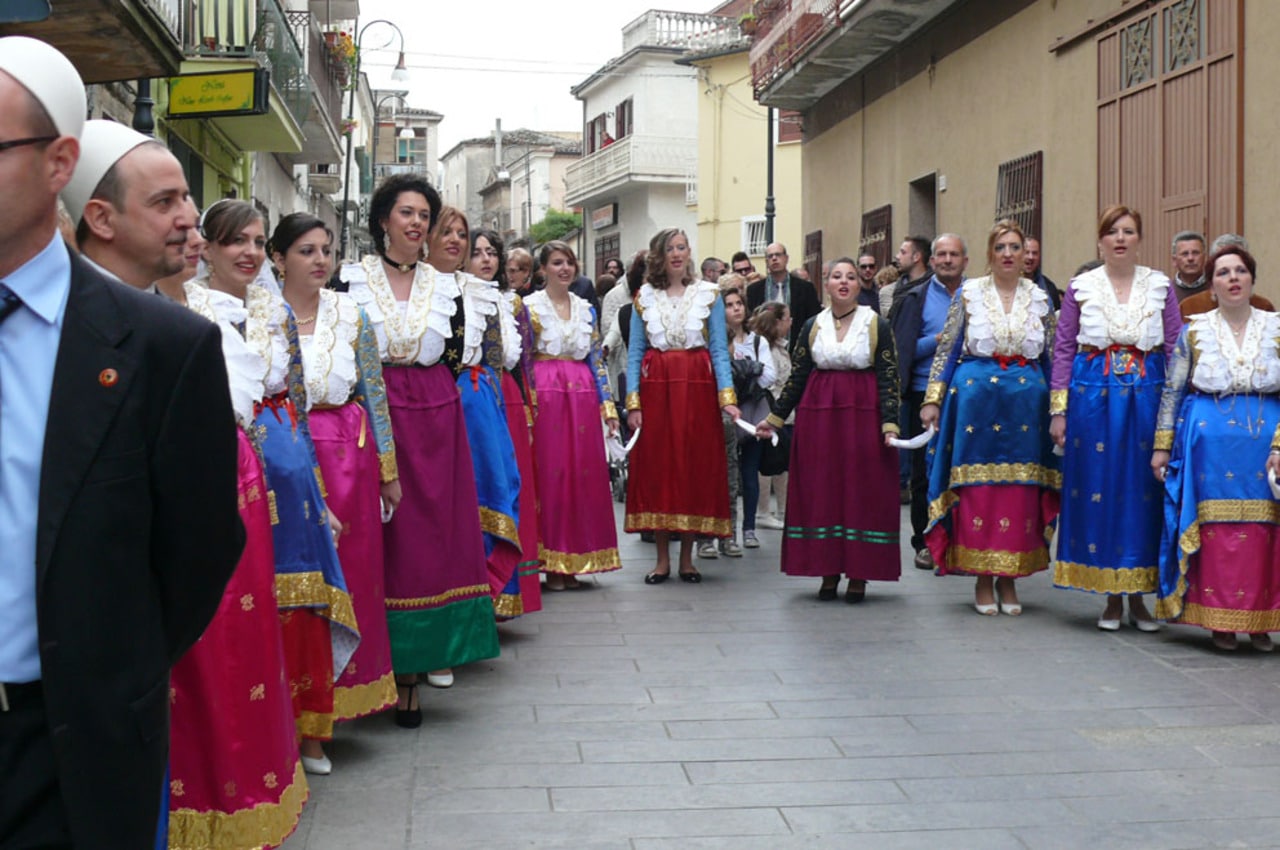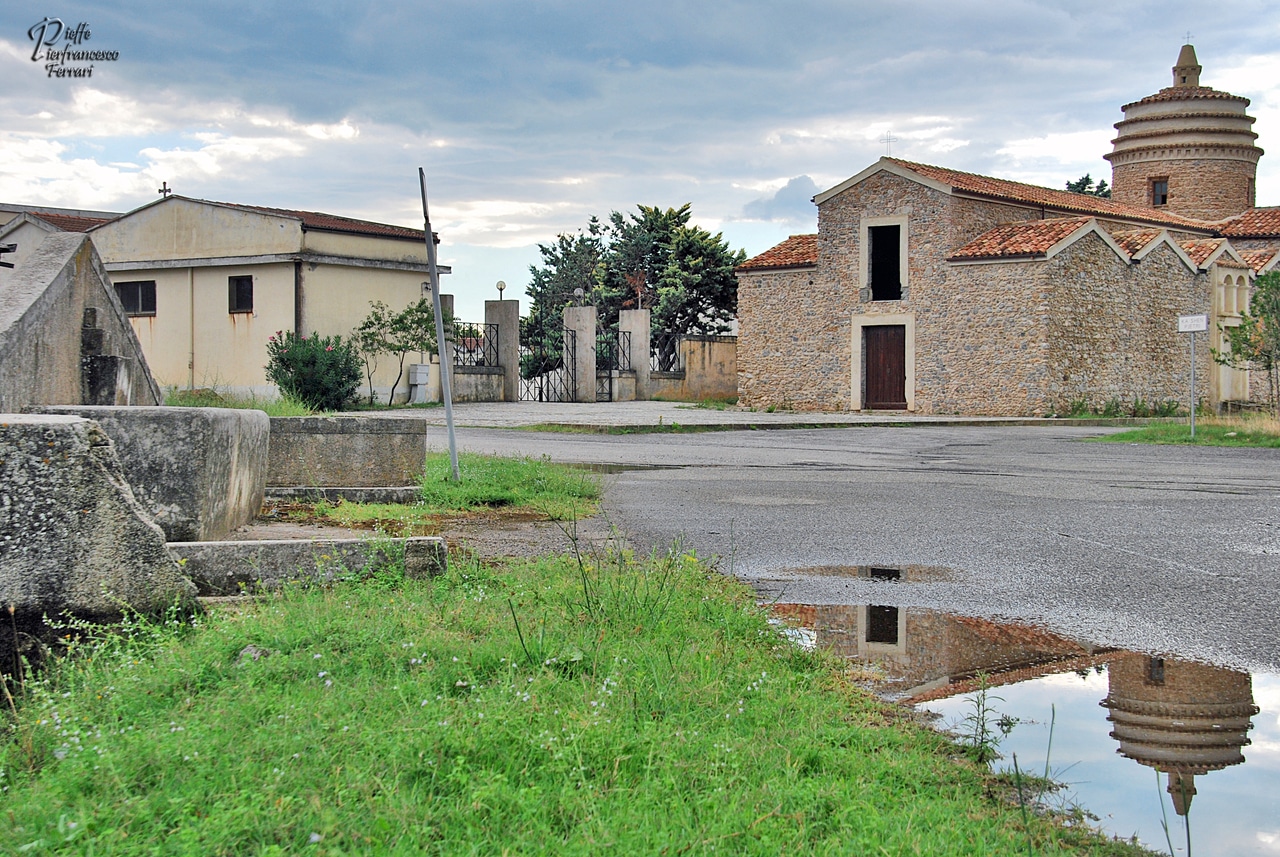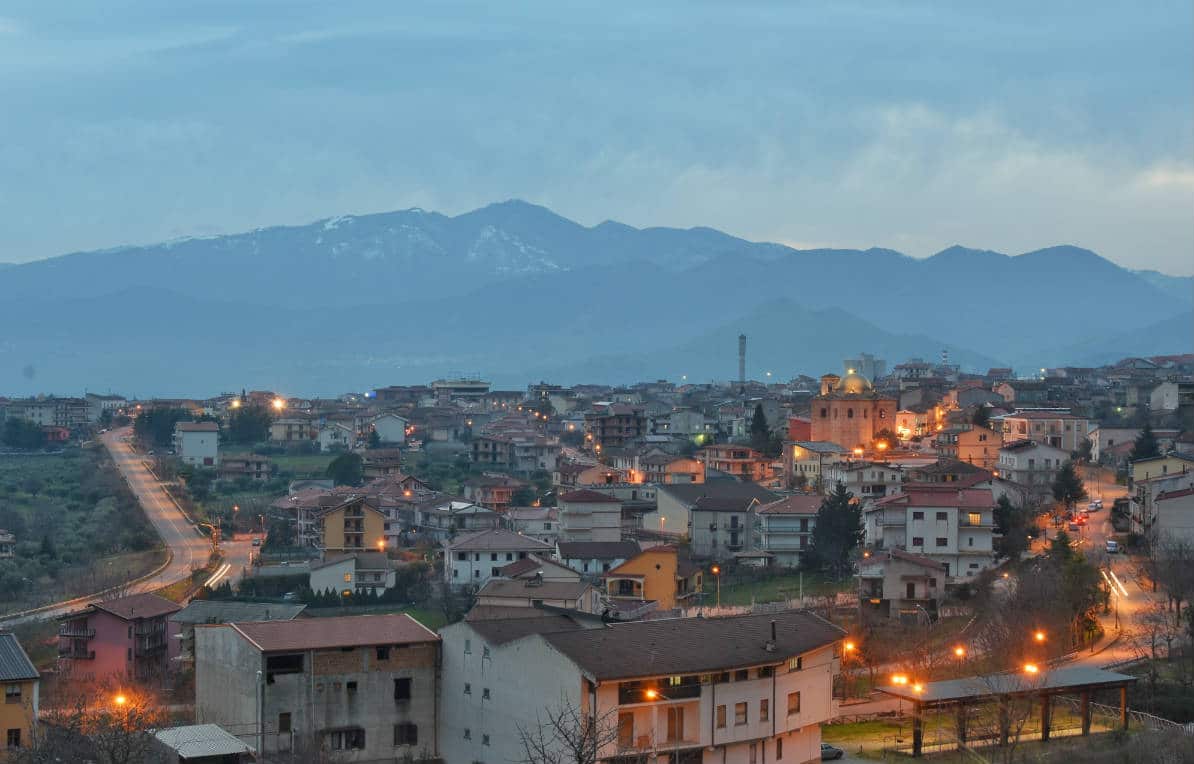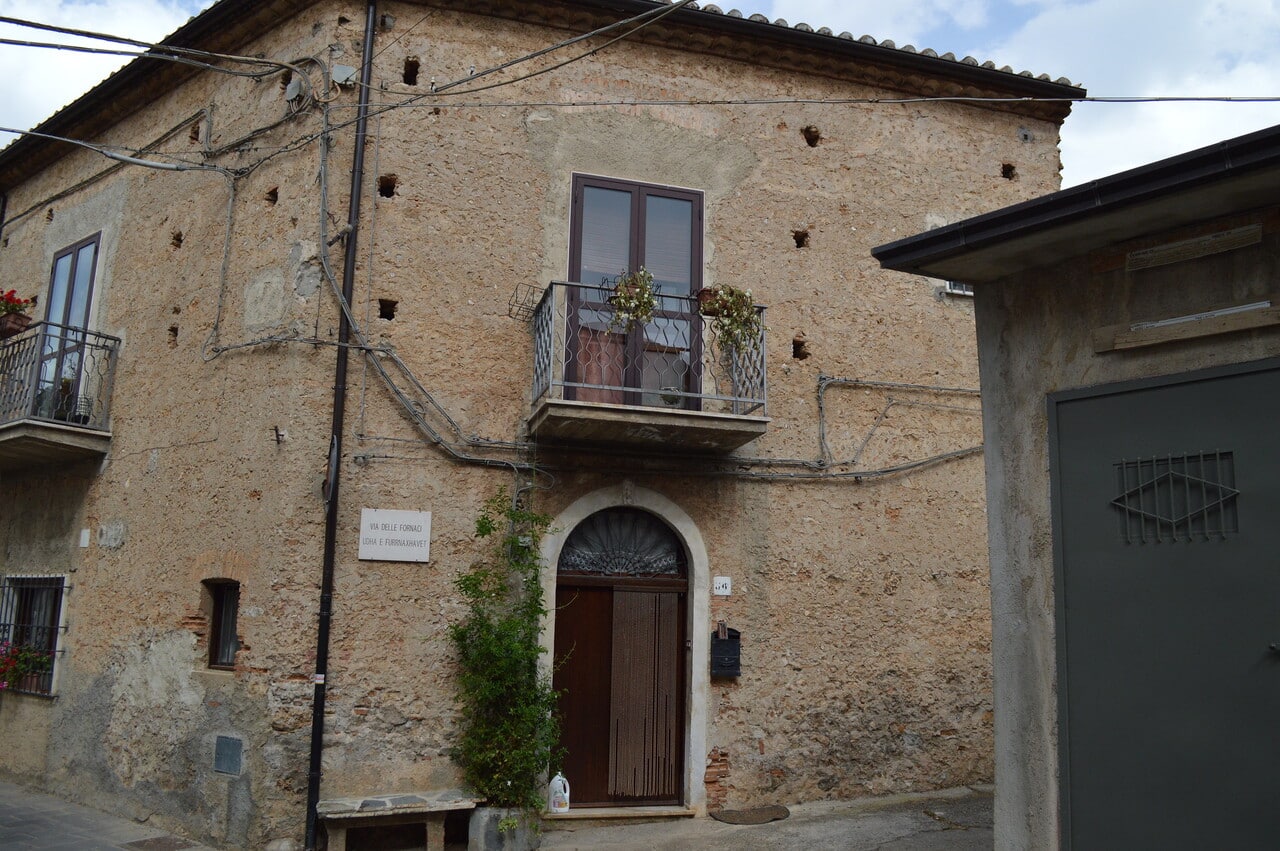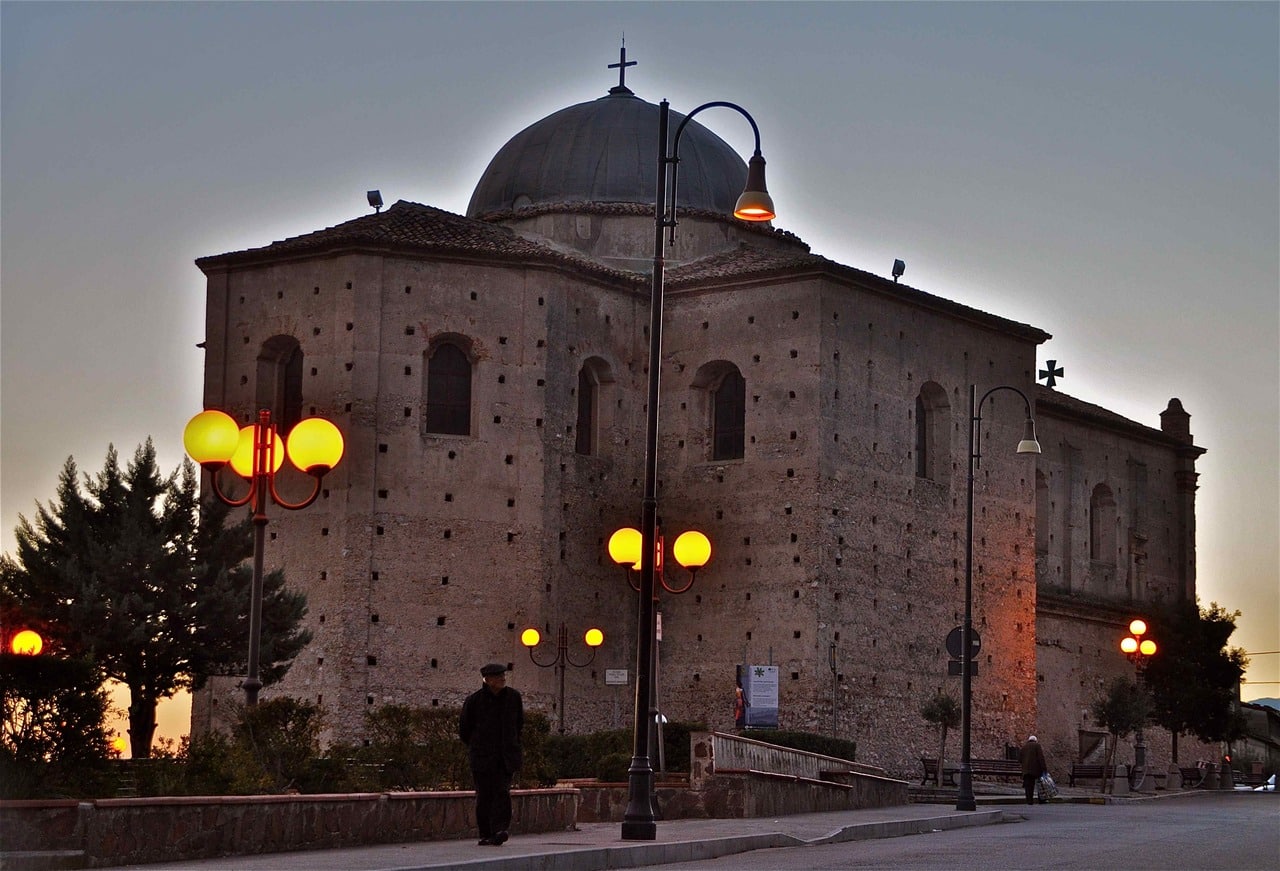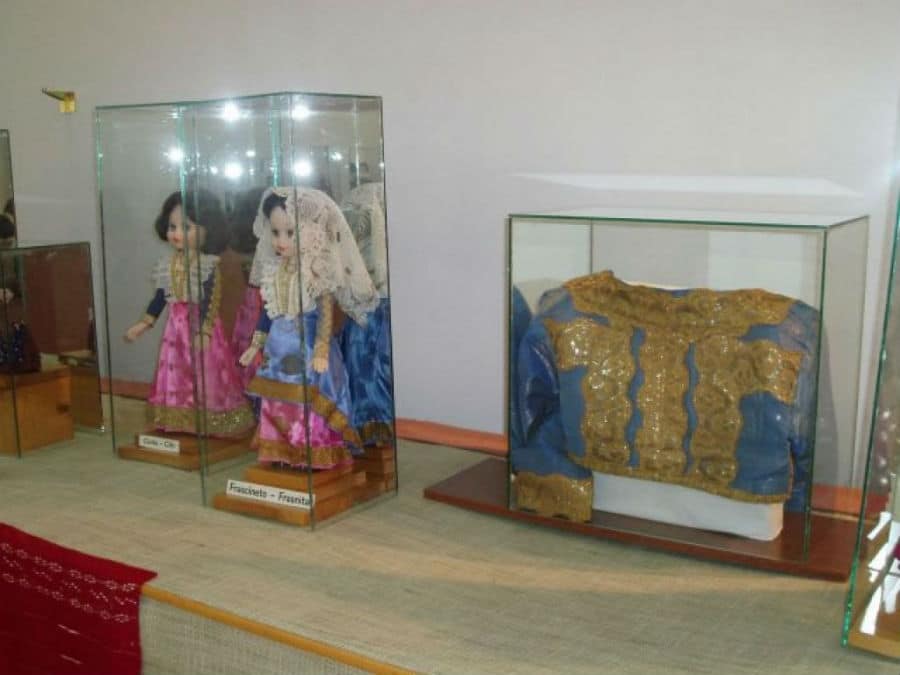The village of Frascineto (Frasnita in arbëreshë) is characterized by the historical presence of Community Arbëreshë, i.e. italo-Albanian, still preserves the language, culture and traditions of origin and religious functions in the byzantine rite, under the jurisdiction of the church of the Eparchy of Lungro. Spreads out in front of the Parco Nazionale del Pollino on a wide plain.
The fraction of Frascineto is Eianina (Purçilli), separated by a short distance. The ancient toponym Porticilli them over time it is mutated in Percile and finally in the pigsty, until toward the end of the thirties of the last century it was required to change and became Eianina, in remembrance of Ioannina, ancient town of Çamëria, inhabited by Albanian populations (arbërorët). The inhabitants continue to say purçilotë for tradition and affection, linked to its past that has given the community and to the Arbëria also prominent figures and in the last three decades, and also two cultural periodicals.
First called "Casale Novo" or "Casal San Pietro", was repopulated by a colony of Albanian refugees in the XV century, welcomed by the Abbot of ancient Greek monastery of Saint Peter, to which were assigned the lands of the Abbey itself. In 1552 the two houses are fusero assuming the name of Frascineto. Since then its inhabitants maintain their ethnic identity cultural, linguistic and religious.
The Parish Church of Santa Maria Assunta, built after the arrival of Albanians has a single nave, of baroque style with characteristic bell tower and a majestic dome; the basilican church of Saint Peter and Paul, dating back to the X century Byzantine style, with three naves. Recessed in the ridges of the Timpone del Corvo, stands the Chapel of the Madonna of weapons or the Syrians (Madonna of Heaven), formerly inhabited by Basilian monks of the monastery of San Pietro di Frascineto; today remain traces of the altar and of the walls.


